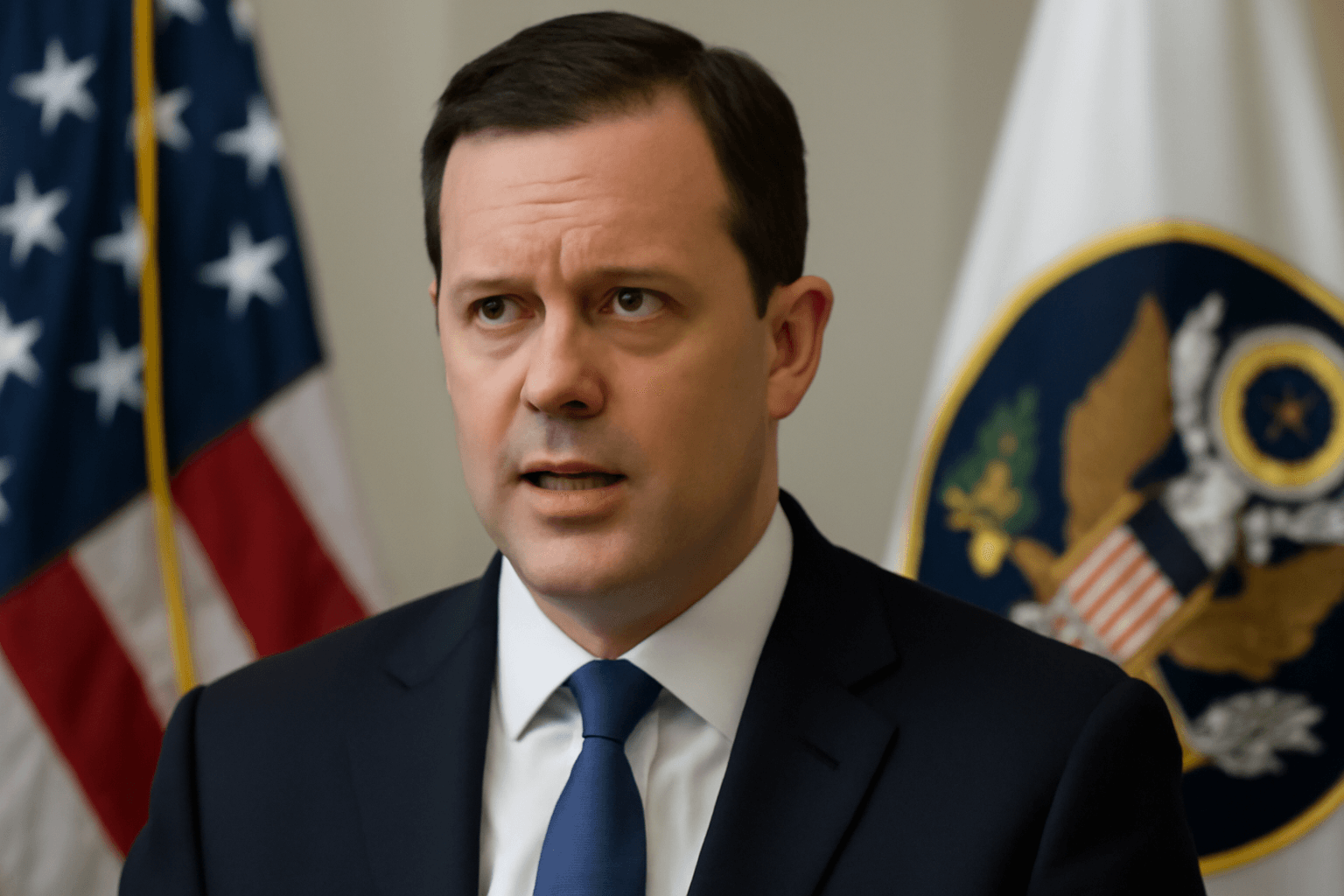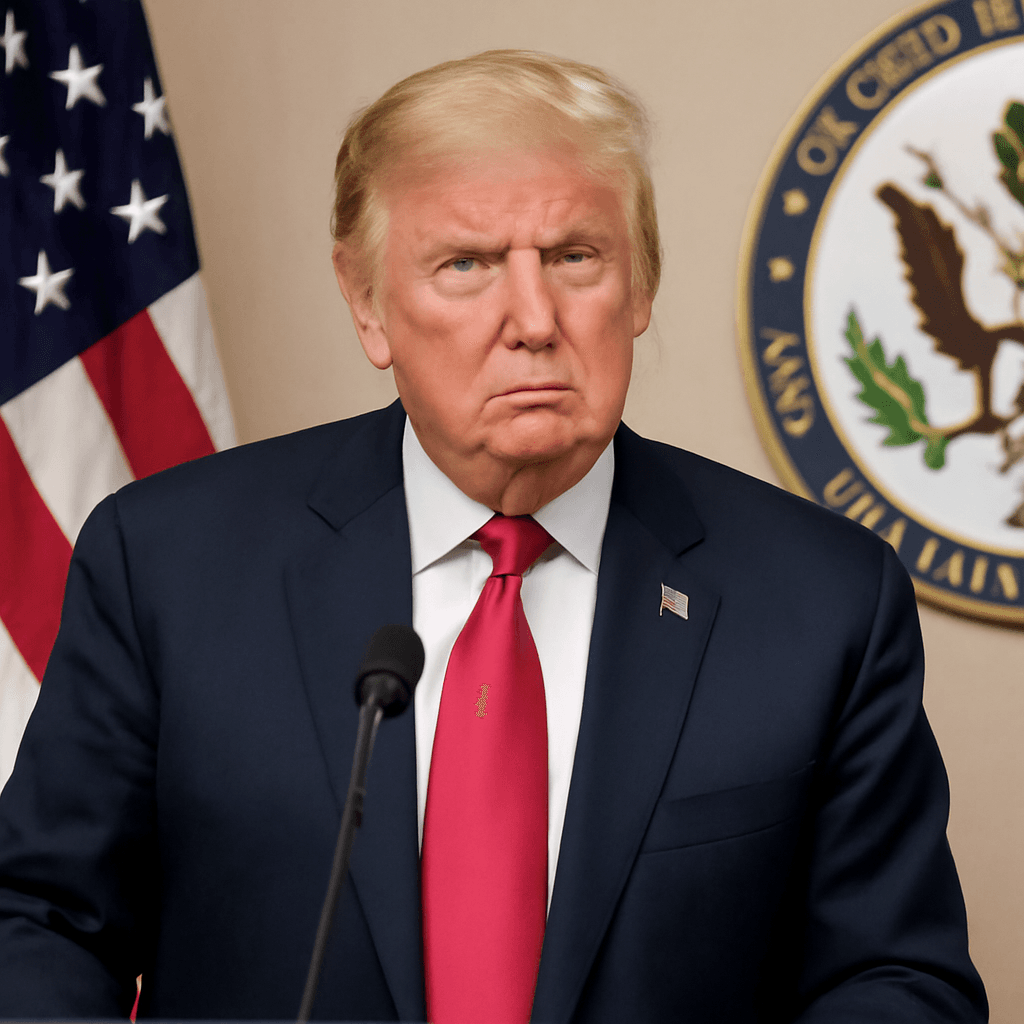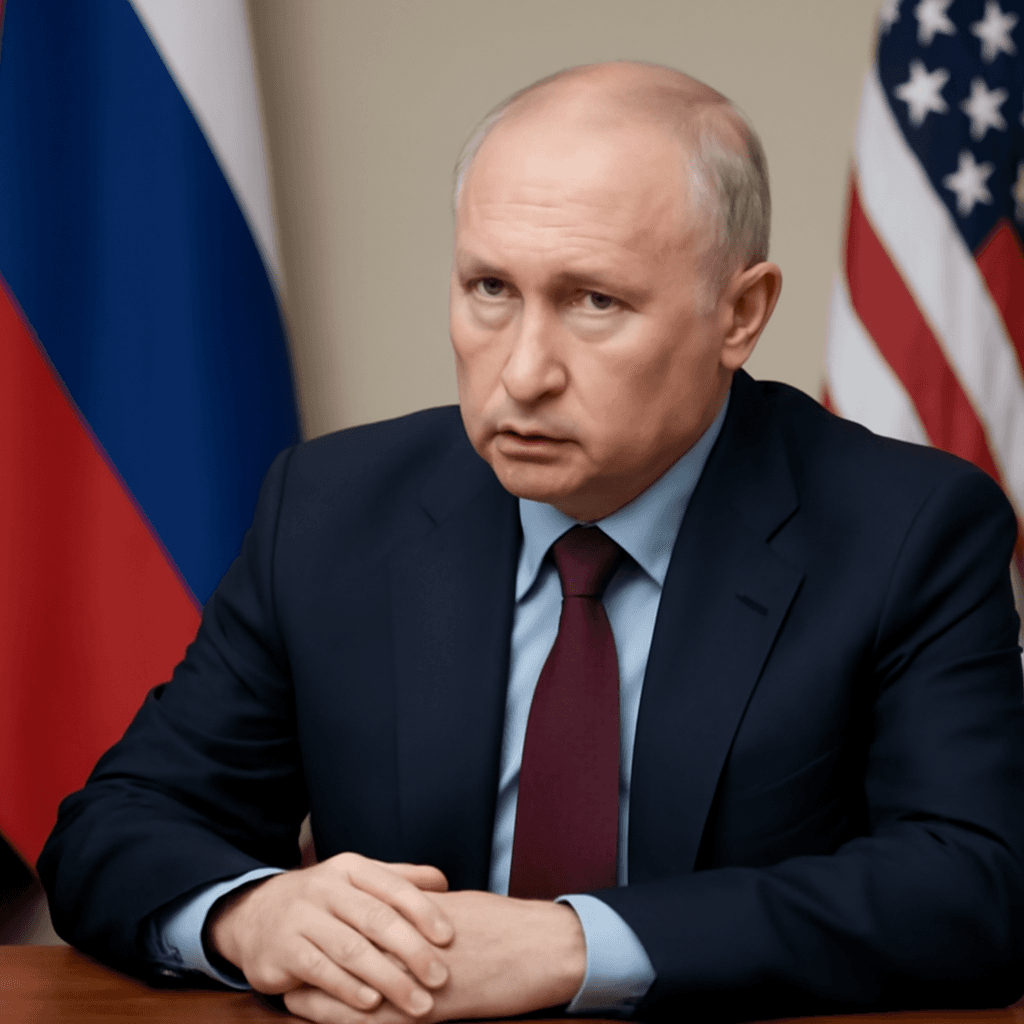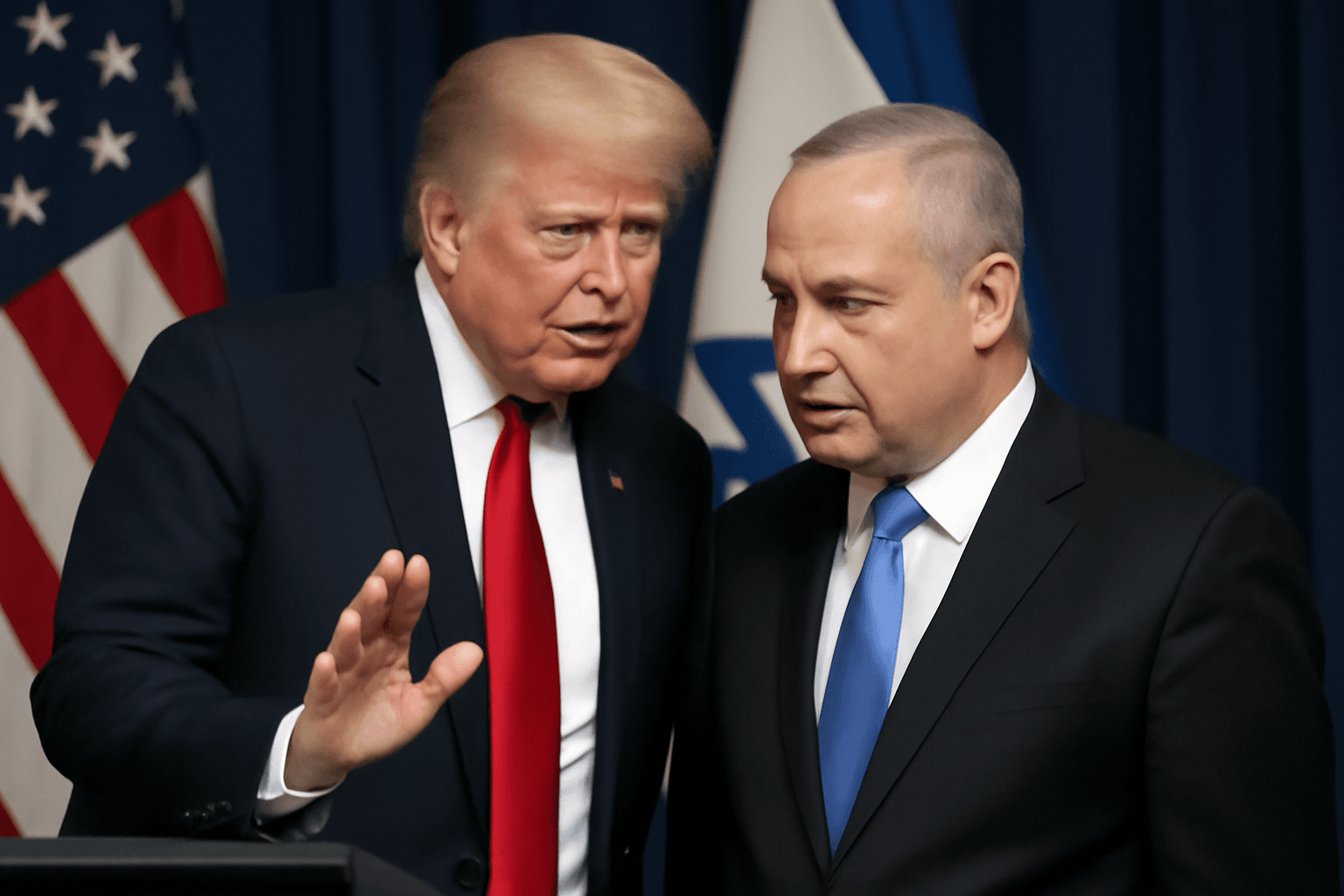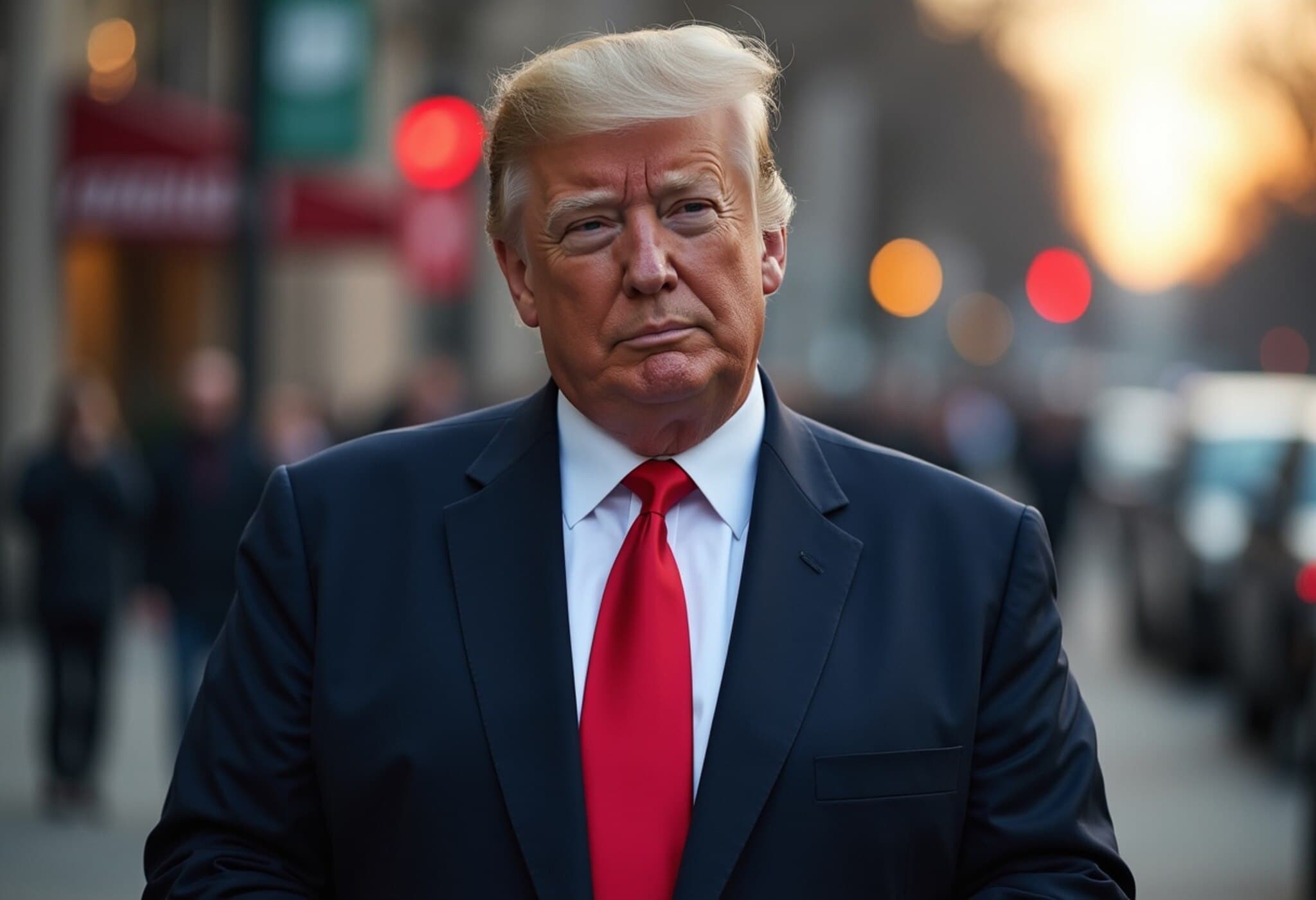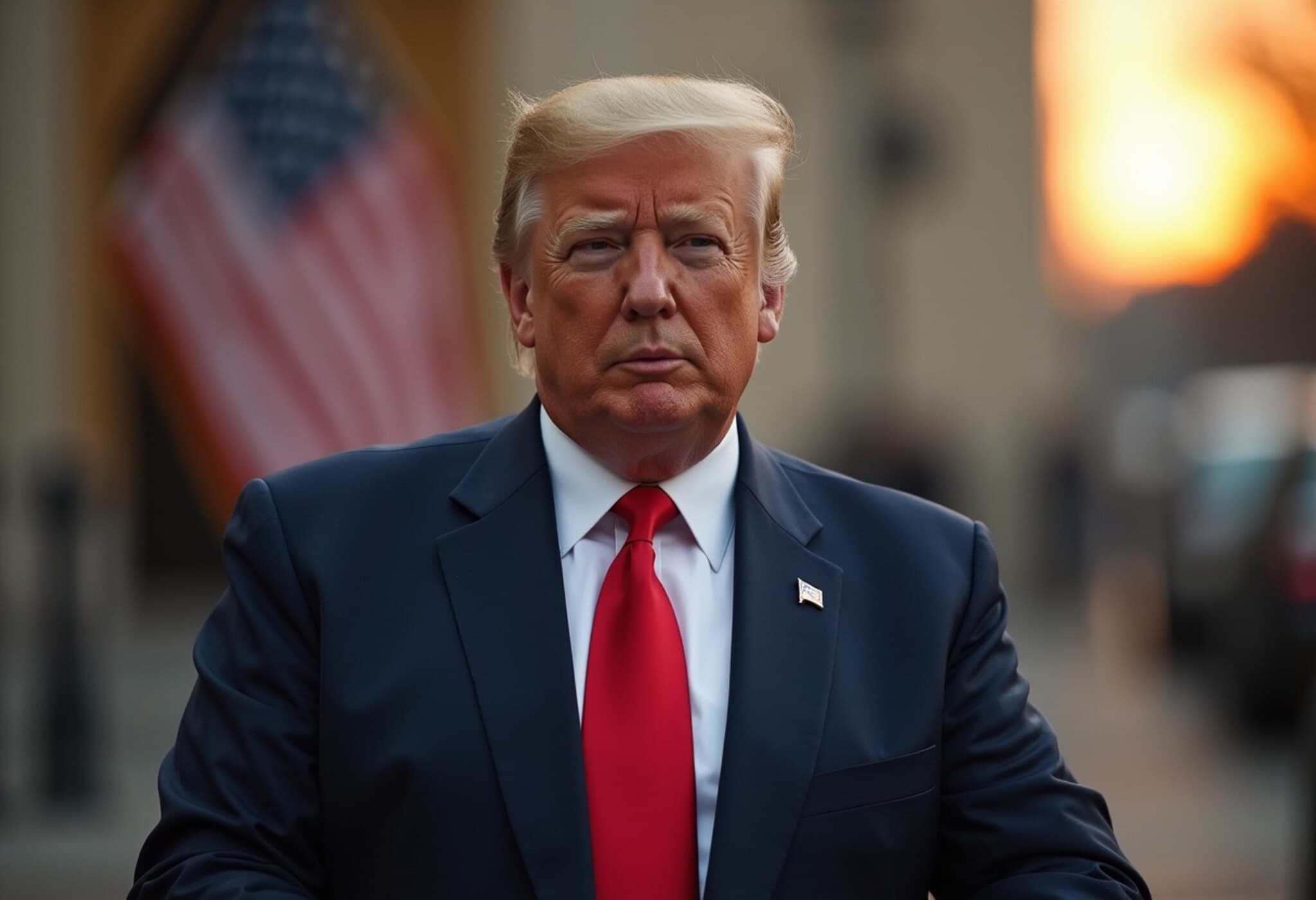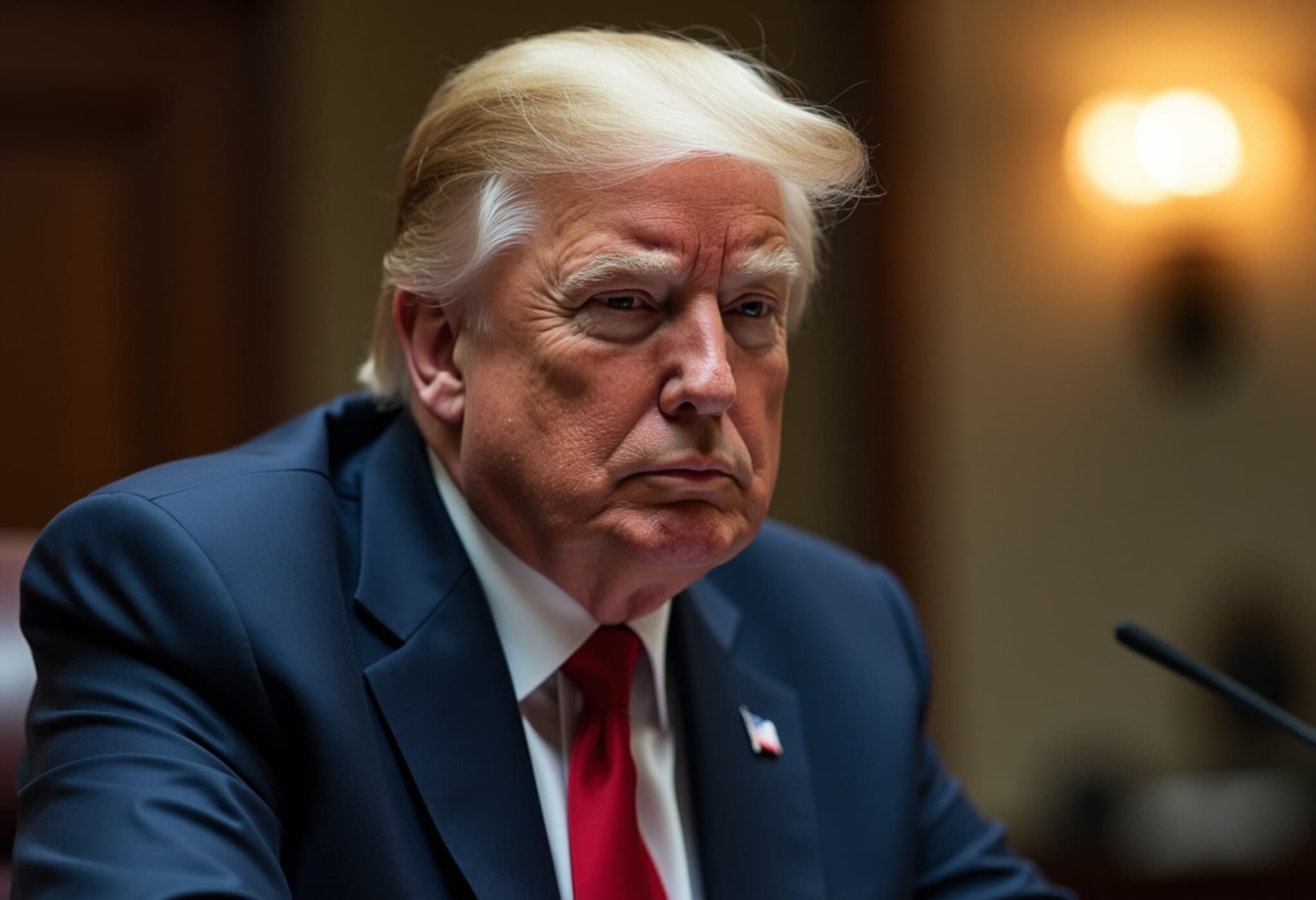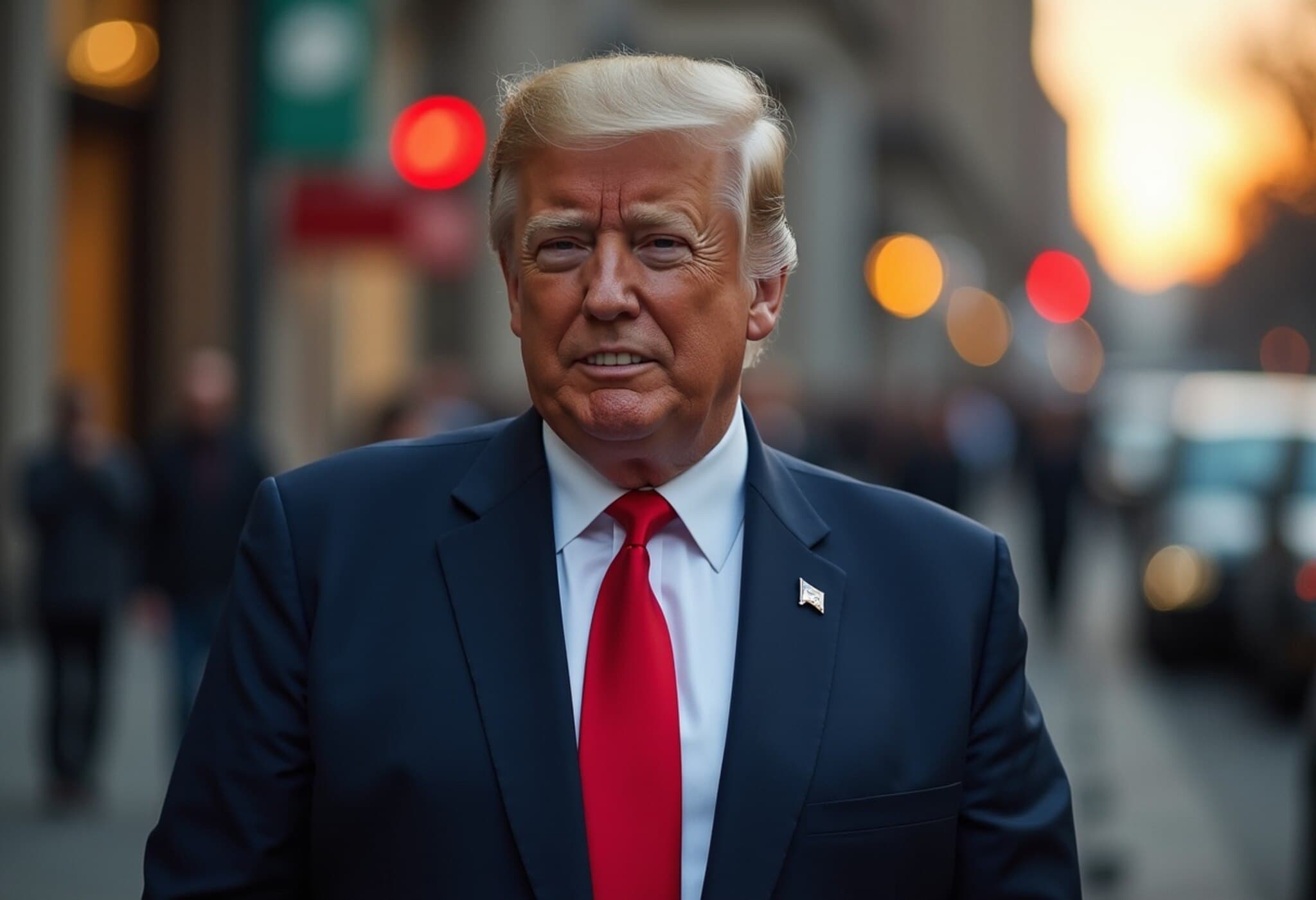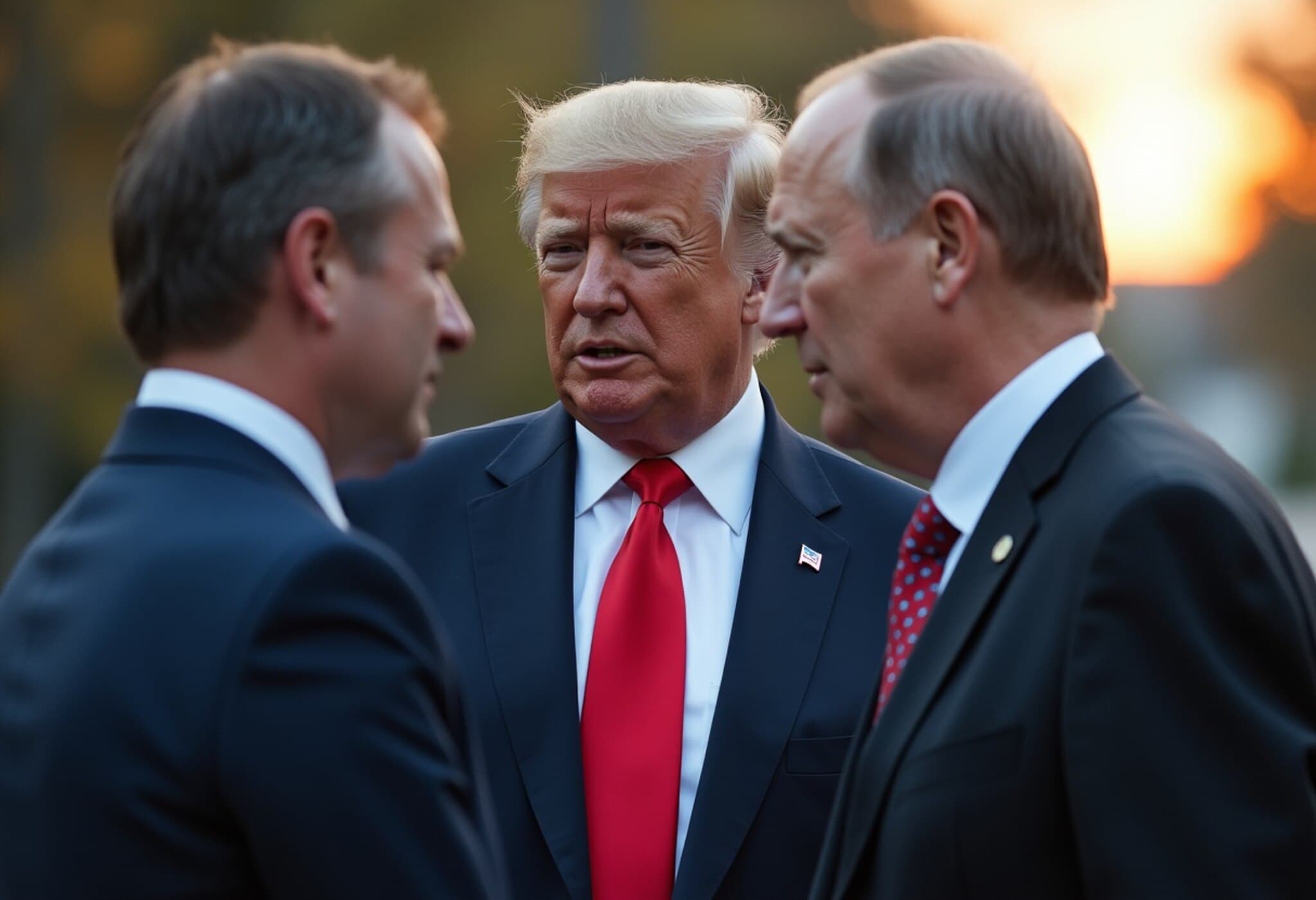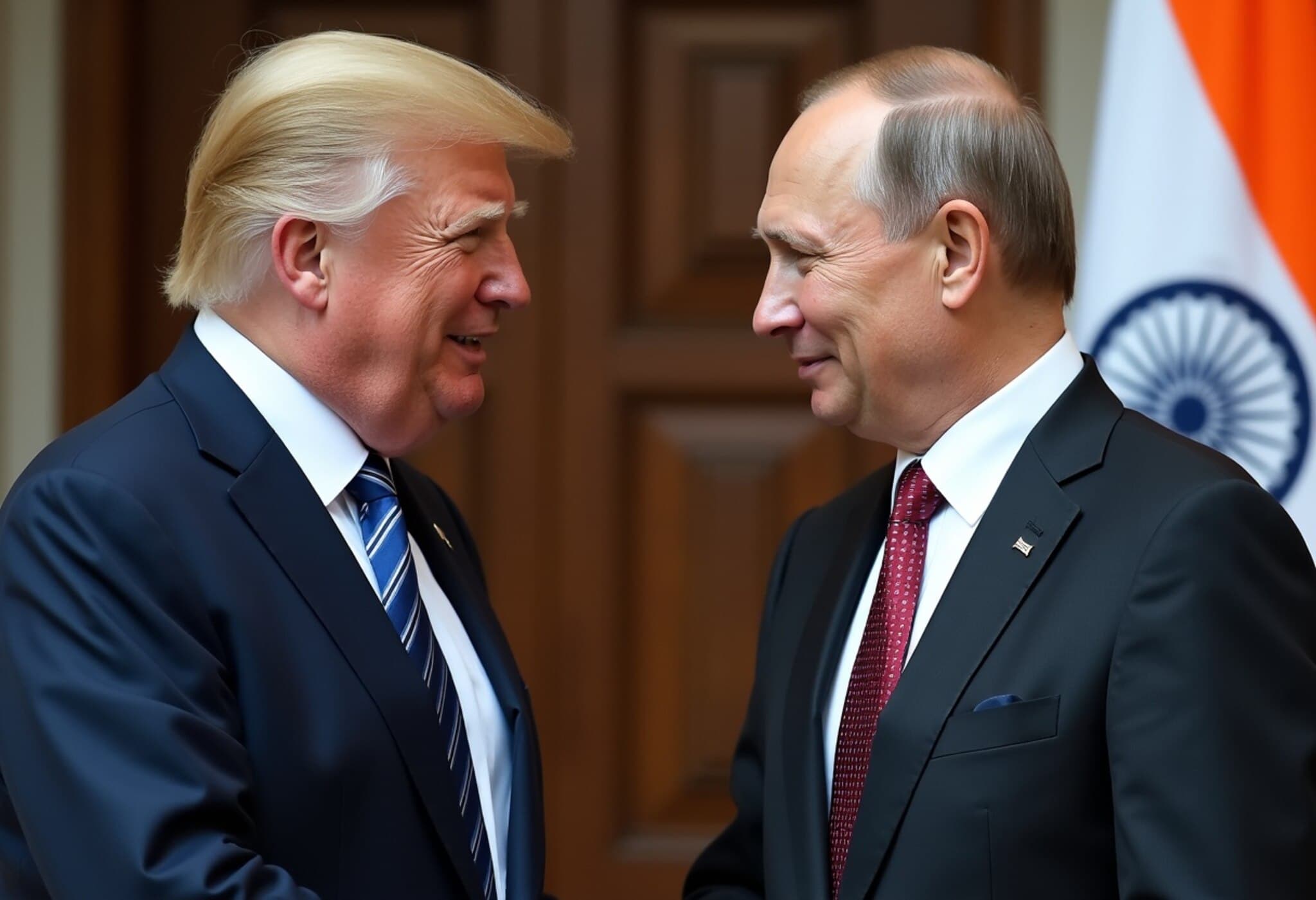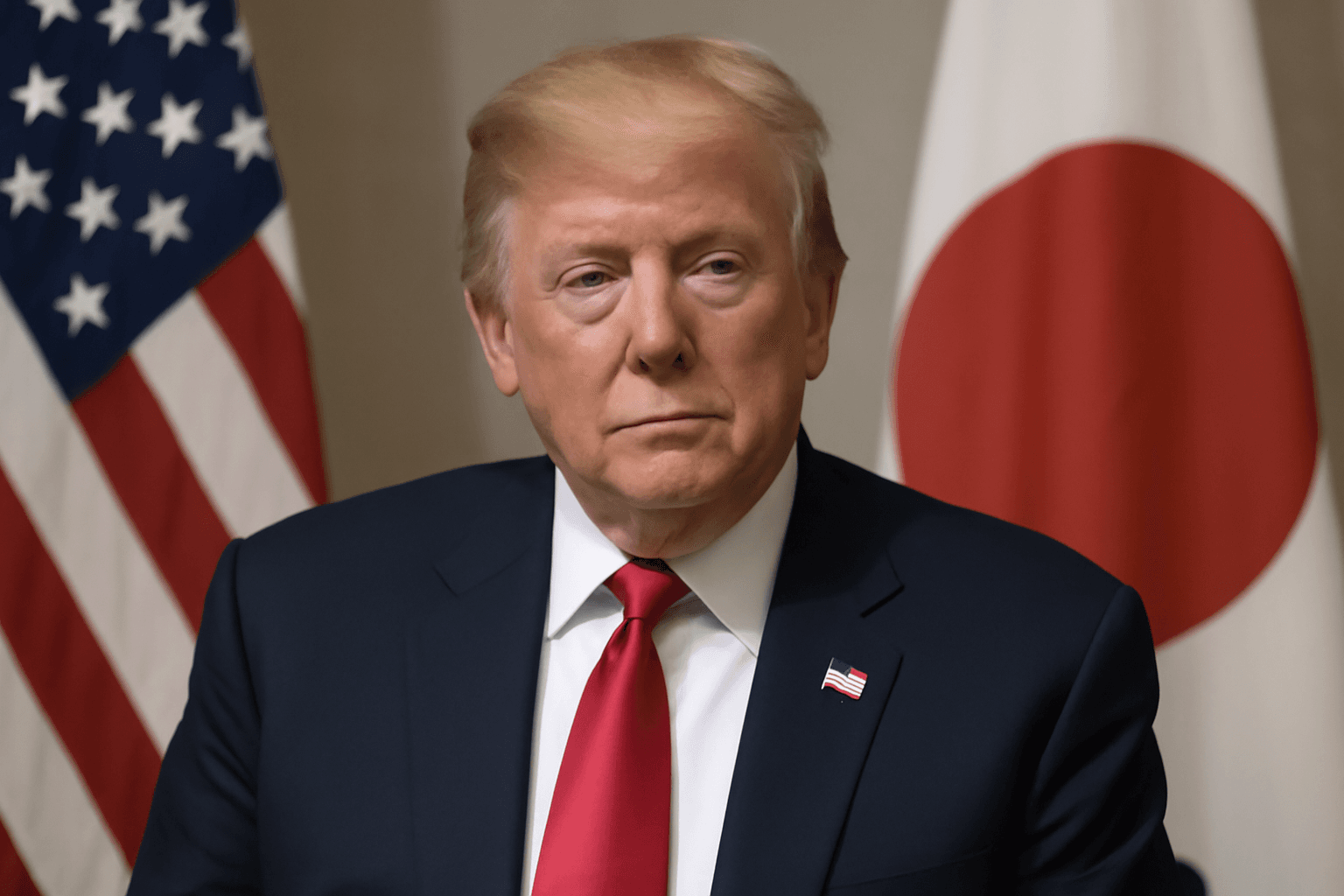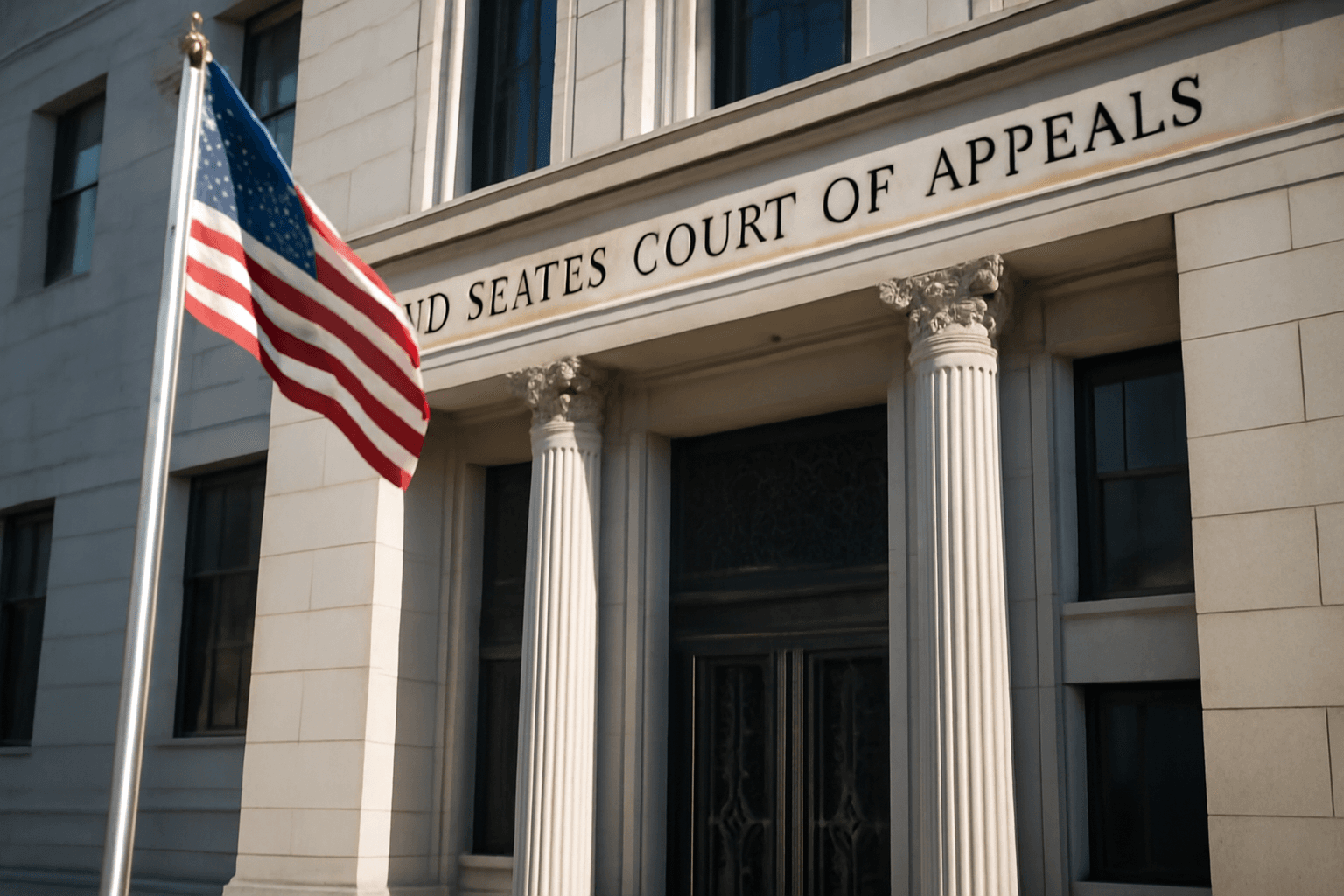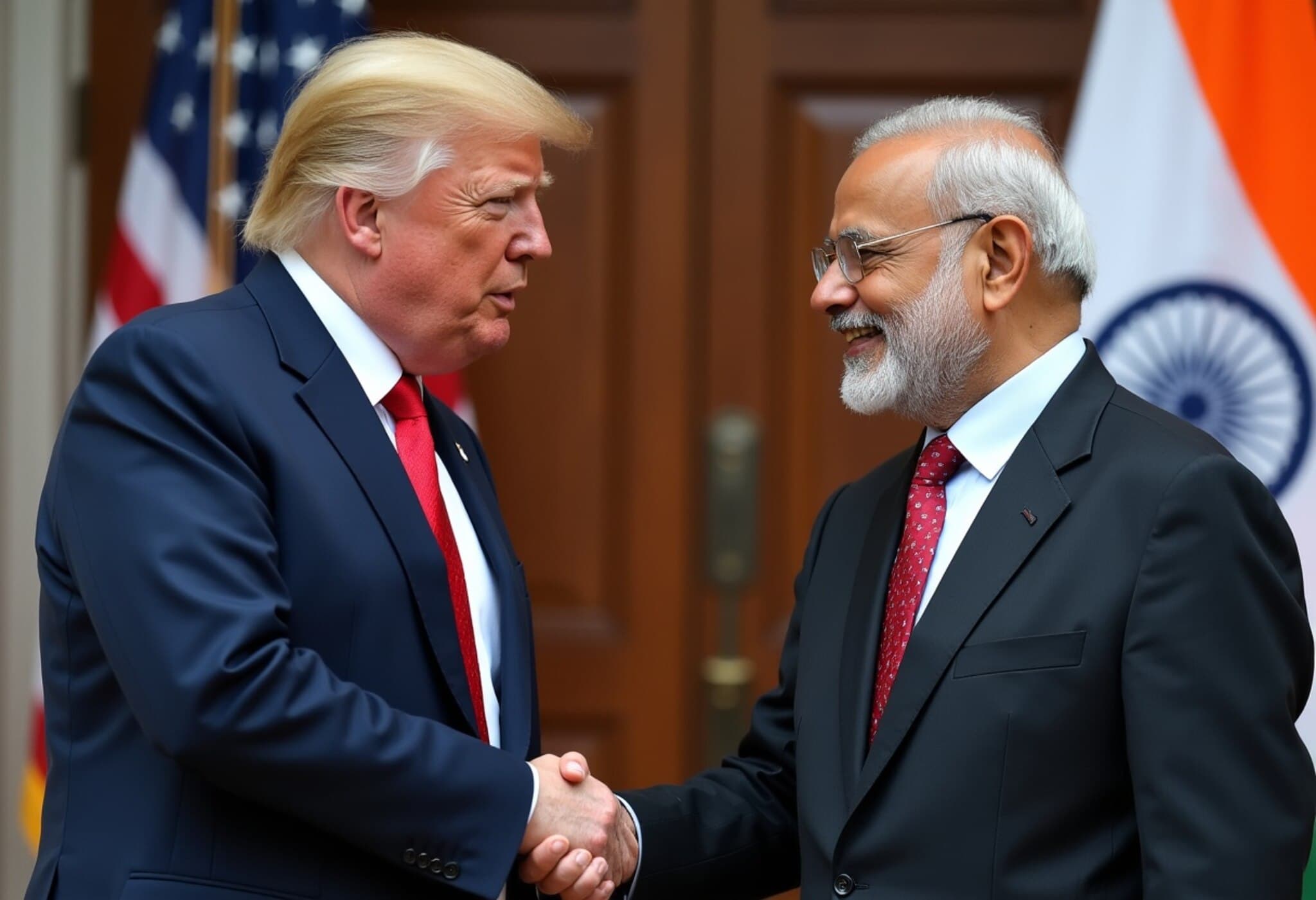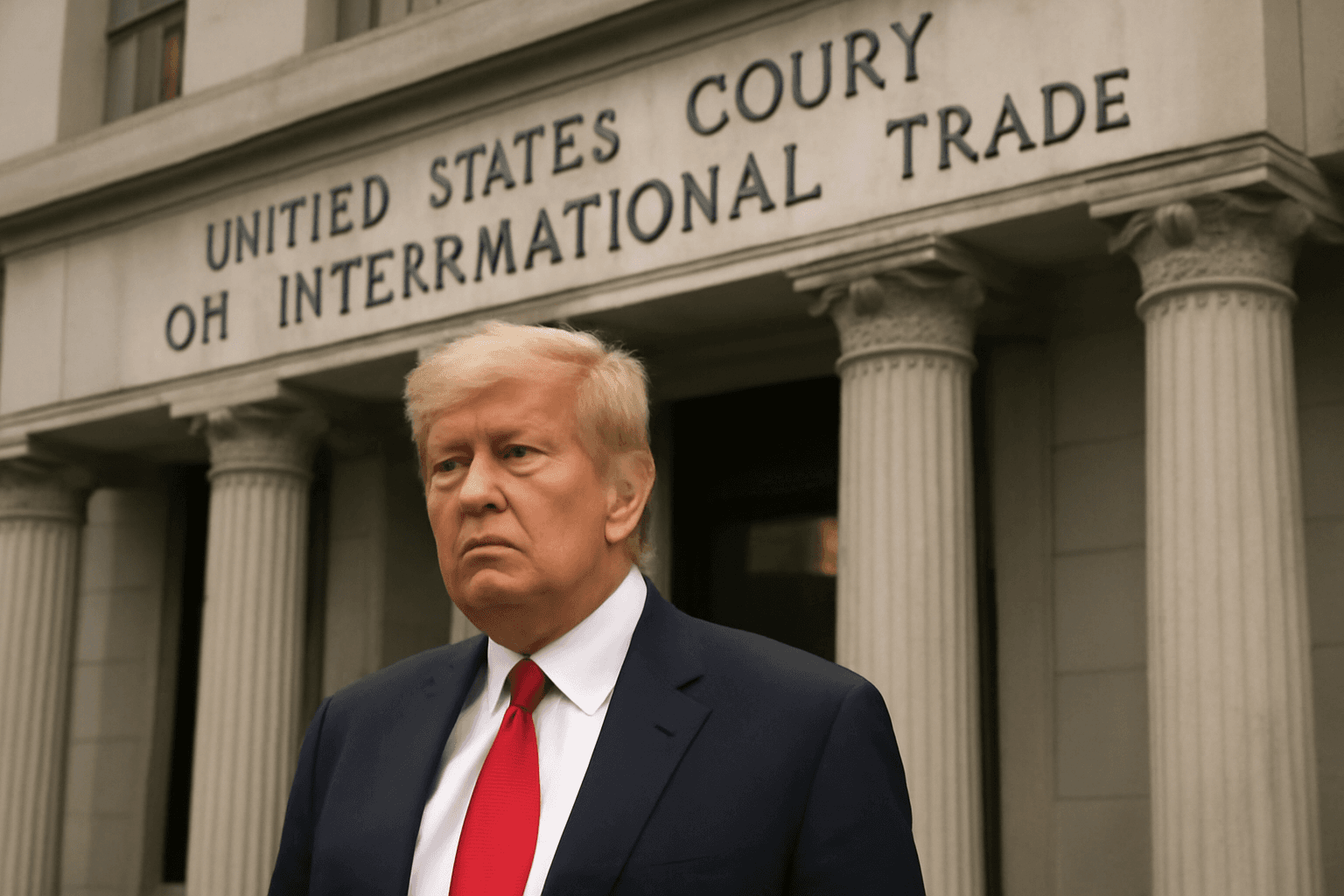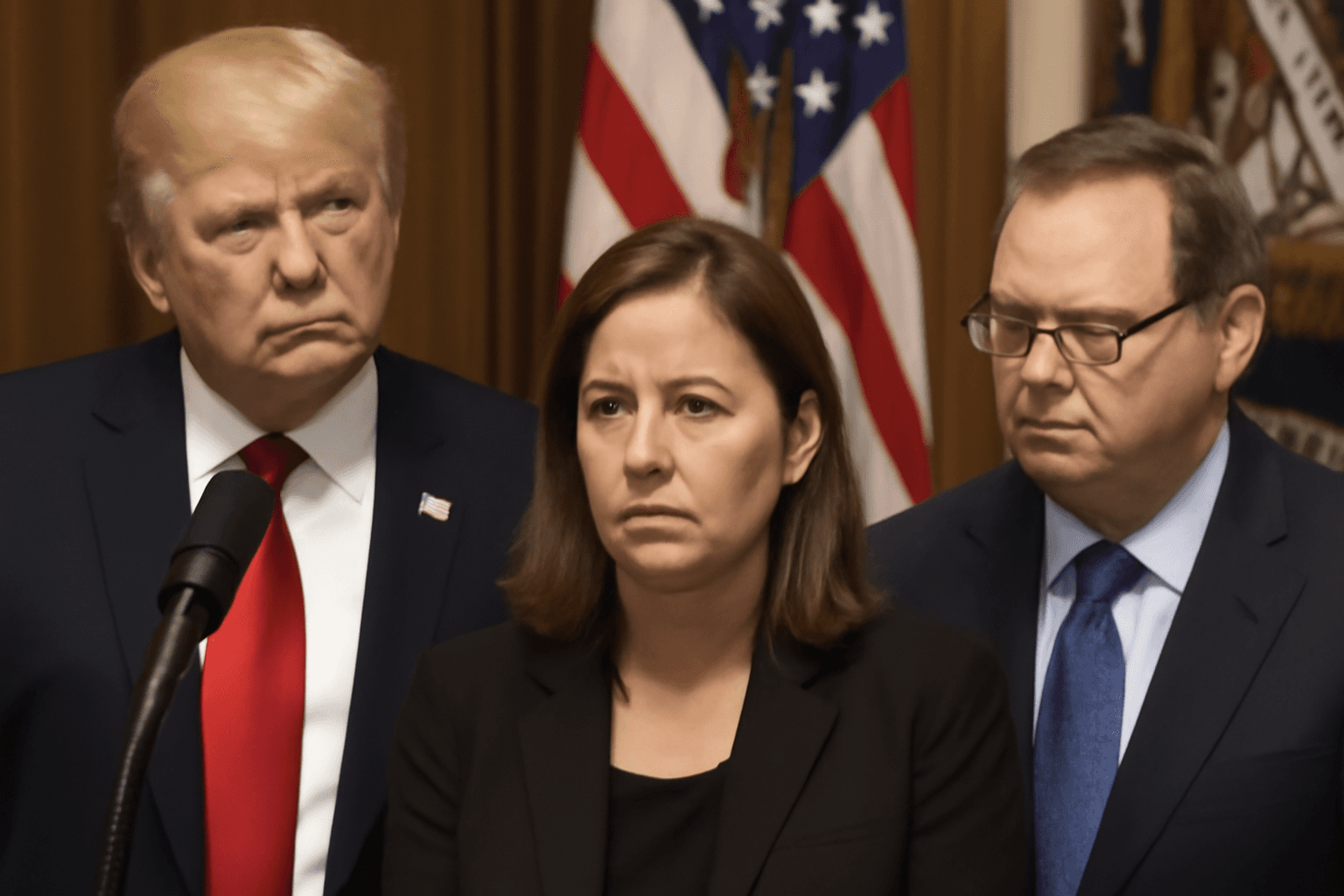US Trade Representative Affirms New Tariff Rates Are Final
On Sunday, US Trade Representative Jamieson Greer affirmed that the new tariff rates initiated under former President Donald Trump are "pretty much set" and scheduled to take effect from August 7, 2025. The announcement came amid growing discussion on the geopolitical and economic implications of these tariffs.
Greer appeared on CBS's Face the Nation, explaining that while some trade ministers seek dialogue, the administration has largely finalized its position. "A lot of these are set rates pursuant to deals. Some deals are public, others remain confidential, and many hinge on the current trade balances between countries," Greer elaborated.
Trump’s Tariff Strategy: Beyond Economics
The tariffs, which affect dozens of countries—including the European Union and Brazil—range from 10% to 50% on various imports. Notably, Brazil faces a steep 50% tariff on exports to the US, although certain products like aircraft and orange juice are exempted. Experts view this action as part of a broader politicized approach where economic tools intersect with geopolitical objectives.
Trump openly linked the tariffs on Brazil as a response to the South American country's prosecution of his political ally, former Brazilian President Jair Bolsonaro. Bolsonaro faces allegations of attempting a coup, which Trump has publicly framed as a "witch hunt." Trade Representative Greer acknowledged on CBS, "The president has seen misuse of law and democracy in Brazil and similar countries, hence using tariff tools as part of geopolitical strategy is not unusual."
Legal Challenges and Market Reactions
Despite the White House's firm stance, these tariffs have drawn legal scrutiny. Various lawsuits claim that Trump's administration overstepped its authority by imposing such tariffs unilaterally. Last Thursday, a federal appeals court appeared skeptical toward the government's defense, signaling the matter could reach the US Supreme Court for a final ruling.
Meanwhile, White House economic adviser Kevin Hassett stated that while talks with US trade partners are expected to continue, the majority of tariff rates are locked in and unlikely to change, even if financial markets respond negatively. Addressing concerns on NBC's Meet the Press, Hassett said, "I would rule out changes because these are the final deals."
What This Means for the Global Trade Landscape
From an American economic policy perspective, the move to hold firm on tariff rates highlights a shift toward leveraging trade as an extension of diplomacy and national interest rather than purely for economic advantage. It signals a willingness to enforce policy decisions that directly affect international alliances and global supply chains.
For US businesses and consumers, these tariffs could translate into higher costs depending on the products affected and the countries involved. The strategy also poses risks to the US's reputation as a stable trade partner, potentially spurring retaliatory measures that could exacerbate trade tensions globally.
Key Questions Moving Forward
- How will the tariffs impact US importers and exporters, especially small and medium-sized businesses?
- Will the legal battles against these tariffs set significant precedents influencing future trade policy?
- Could geopolitical motivations behind tariffs redefine US trade relations long-term?
- How will targeted countries, like Brazil and EU nations, respond diplomatically and economically?
Editor’s Note
The confirmation that Trump-era tariffs are largely set and imminent signals a critical juncture in US trade policy where economic measures clearly intertwine with geopolitical aims. While the approach underscores America's intent to assert leverage on the global stage, it also opens debates about the balance between national interests and international cooperation. As legal scrutiny intensifies, and as market ramifications unfold, stakeholders should watch closely how this strategy shapes future US trade relations and legal boundaries.

